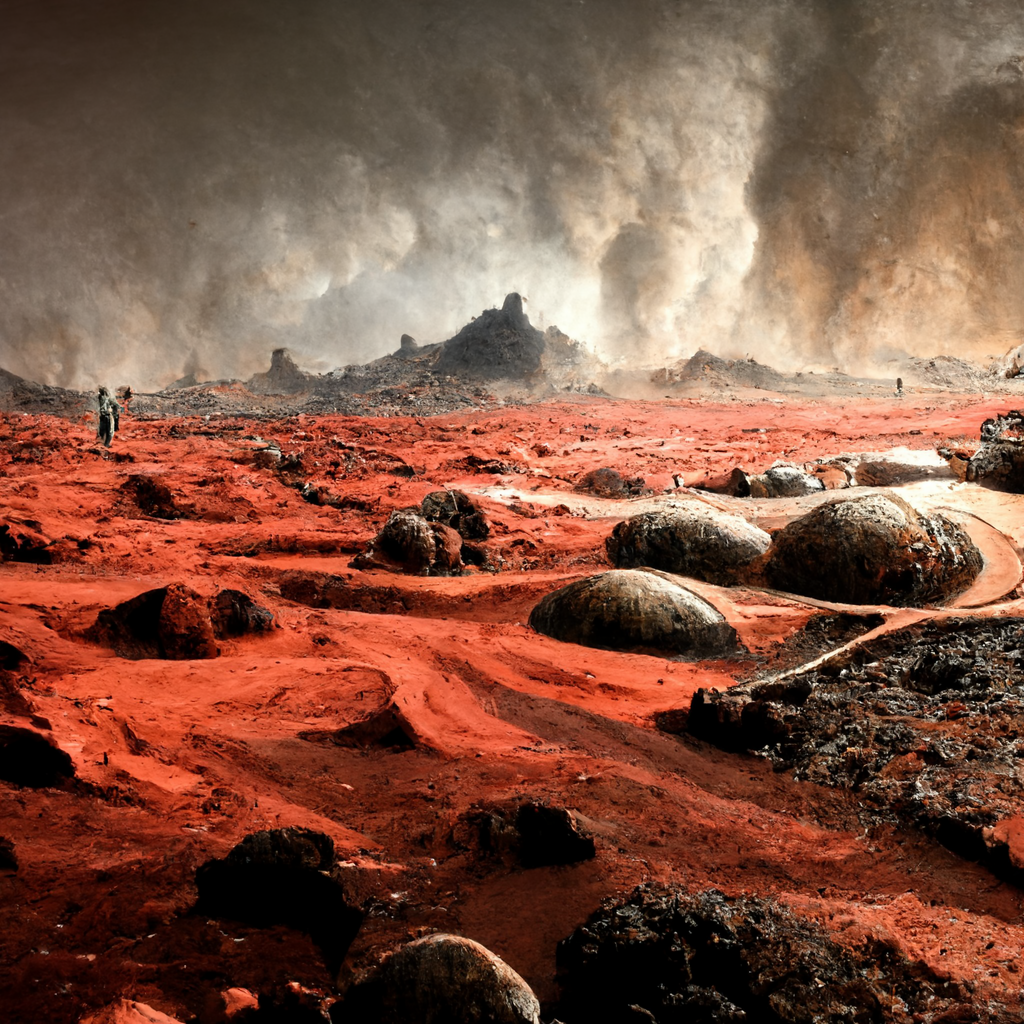
Book Summary:
“The Defining Decade: Why Your Twenties Matter–And How to Make the Most of Them Now” is a groundbreaking nonfiction piece by clinical psychologist Dr. Meg Jay. The book explores the crucial period of the twenties in a person’s life, arguing against the prevalent view of this decade as a time for indecisiveness and frivolity. Instead, Jay posits that this is the time when the foundations for the rest of one’s life, including career, relationships, and personal growth, are built. Through research, case studies, and personal narratives, Jay paints a compelling picture of the importance of intentional decision-making in one’s twenties and offers actionable strategies to make the most of this crucial life phase.
In an era where the maxim “age is just a number” holds sway, the landmark book “The Defining Decade: Why Your Twenties Matter–And How to Make the Most of Them Now” by clinical psychologist Dr. Meg Jay comes as a refreshing and much-needed perspective shift. Boldly challenging the prevailing ethos of contemporary youth culture, Jay’s book bravely contends against the common perception of the twenties as a period of whimsical exploration and freedom, devoid of significant life-altering consequences.
Many, especially young people today, see the twenties as a “throwaway decade”, a grace period of sorts where the repercussions of their actions are nullified by the sheer virtue of their youth. A decade, they believe, for exploration and fun, where mistakes are easily remedied, and where they can float adrift in the sea of life without any discernible destination. It’s a compelling narrative, one that appeals to the romantic notion of youthful invincibility, but as Jay argues, it’s a narrative that’s far from the truth.
Drawing on her wealth of experience as a therapist, combined with her deep understanding of the latest research in psychology, Jay underscores that the twenties stage is in fact the pivotal, foundation-setting period for the rest of our lives. The decisions we make, the relationships we form, the habits we cultivate, and the careers we embark on during this decade have long-lasting ramifications, and shape the trajectory of our future lives more significantly than any other decade.
The power of “The Defining Decade” lies not just in its expert blend of research-backed findings, relatable case studies, and personal narratives that bolster Jay’s thesis. The real beauty of the book is in its actionable insights – practical and attainable tips that readers can apply to their lives to fully harness the transformative potential of their twenties. It presents this crucial life stage not as a ticking time bomb of anxiety, but as a period of profound opportunity to shape the course of the rest of one’s life.
Jay explores the importance of the twenties in relation to various aspects of our lives — careers, relationships, and personal development, to name a few. She delves into the seemingly mundane, day-to-day choices we make, highlighting how these small decisions can snowball into significant factors that define our life trajectories.
“The Defining Decade” doesn’t just expose the importance of this stage; it offers practical tips to seize this transformative era. Jay’s arguments, while thought-provoking and at times challenging, are not a call for premature seriousness or a pre-emptive midlife crisis. Instead, they are an invitation to intentional living, to understanding the gravity of our choices, and to make the most out of the opportunities that this unique decade of our lives presents.
“The Defining Decade” is more than just a self-help book; it’s a manifesto for a generation often stuck in the limbo of extended adolescence. For anyone in or approaching their twenties, or for parents, educators, mentors, and anyone involved in shaping the lives of young adults, this book serves as an indispensable guide. It’s a call to action to reassess our attitudes towards youth and the value of our twenties. Read it, digest it, and you’ll come away with the understanding that your twenties are far more than a period of carefree experimentation — they are indeed a defining period that shapes the rest of your life.






